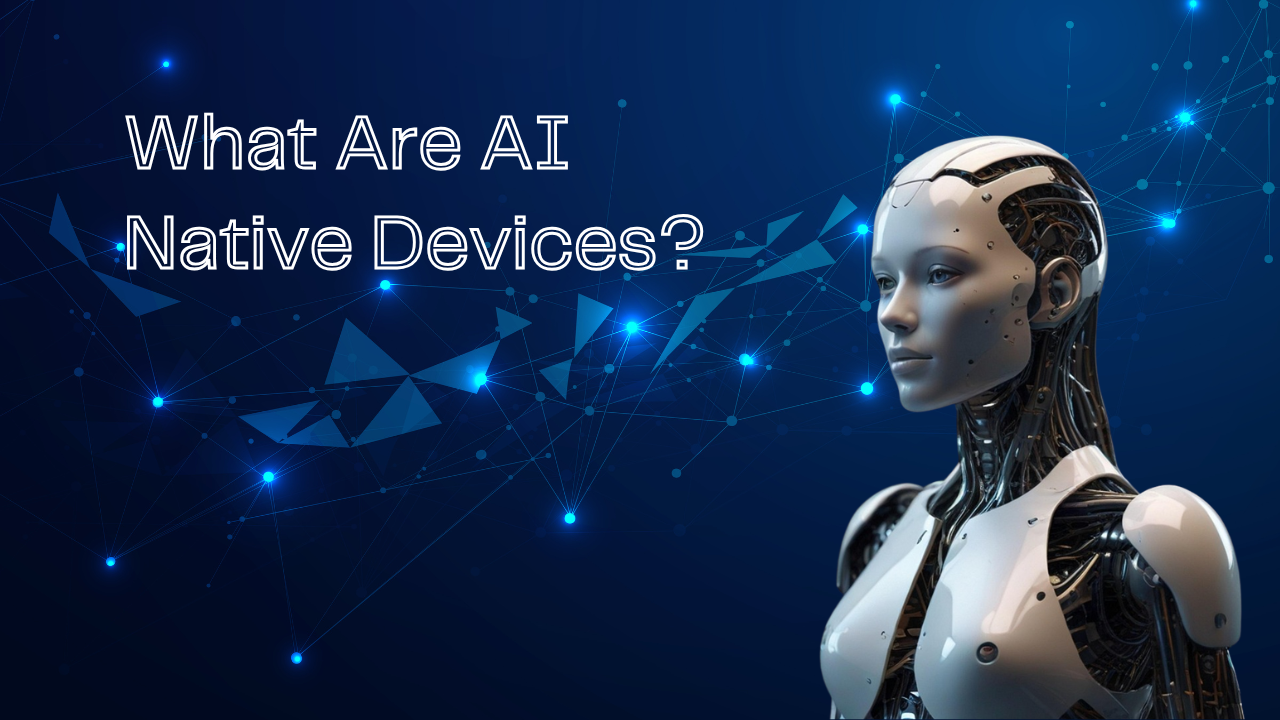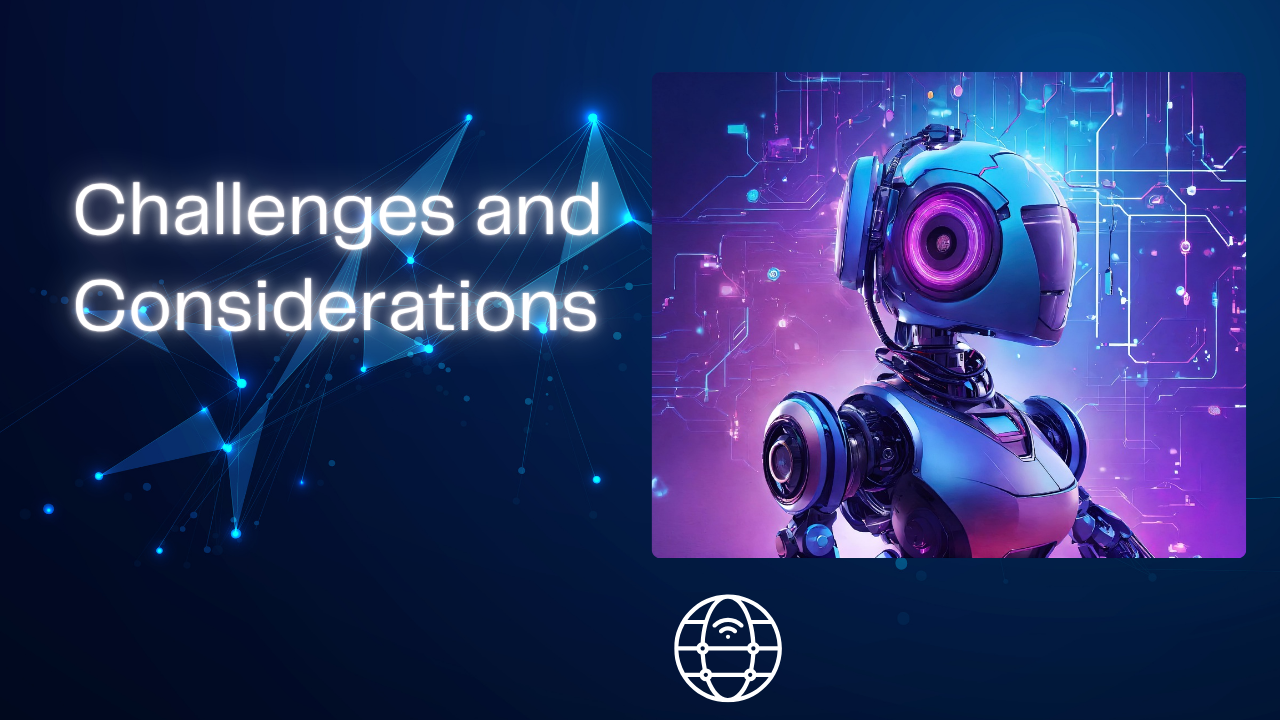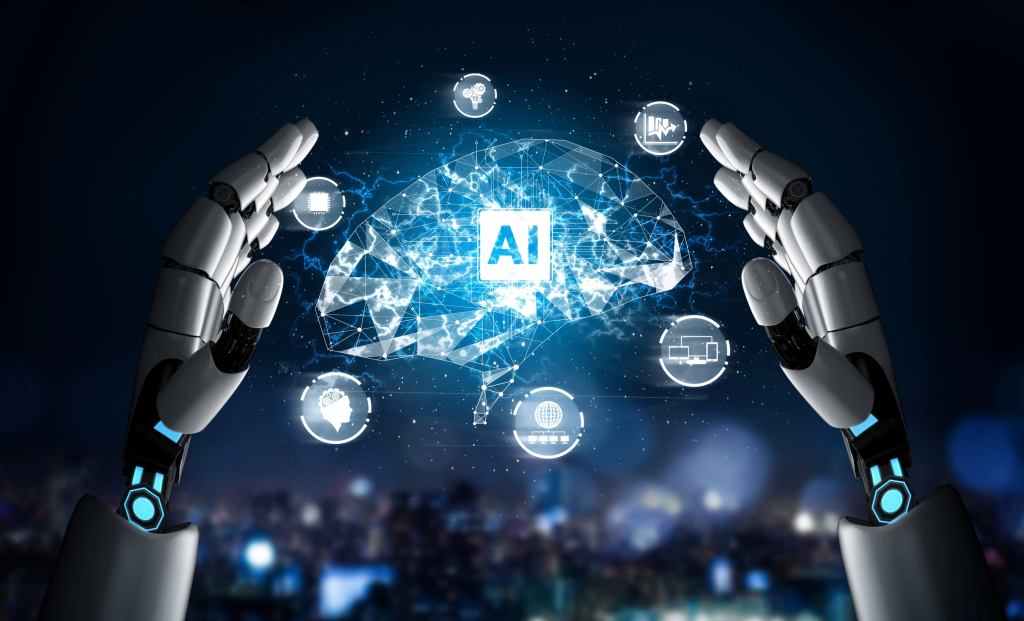The emergence of AI native devices will be a major change in the technology of the person, which will likely revolutionize the way we engage with digital technologies. These devices are designed with foundational artificial intelligence, unlike traditional smartphones, which are reliant on the use of apps and cloud-based artificial intelligence, which offer smarter and faster experiences and are more adaptive.
The smartphones of today are usually unable to harness AI to their full potential due to hardware capabilities and divided software markets. The AI native devices can solve these issues, providing a smooth, interactive interface and customized operation. They are the logical step forward of the traditional mobile devices as they advance in technology.
What Are AI Native Devices?
The AI native devices are designed as specific products, i.e. they are designed by taking into account the artificial intelligence embedded in the core of the product, to allow real-time interactions without any outside processing. Contrary to the conventional smartphones where AI functionalities are offered as an additional application, AI native devices are developed based on the ground to use AI to achieve greater functionality.
Smart glasses with hands-free navigation and real-time translations, wearables recording health data and giving customers personal feedback, brain-computer interfaces enabling people to use neural signals to control machines are some examples. This strong integration is in contrast with AI-powered machines that add AI functionalities on top of their functionality behavior resulting in inefficient functionality and user experience.
The Limitations of Traditional Smartphones
The use of traditional smartphones is everywhere, but they have a serious problem with full integration of advanced AI opportunities.
Hardware Constraints: Smartphones are constrained in terms of processing power, memory and battery life. As an example, the Gemini Nano AI model of Google faced problems with integration with the Pixel 8 on the basis of these hardware limitations, thus showing the tension between the potential of AI and the realities of smartphone hardware.

User Interaction: The use of touchscreens and apps do not support AI-based interactions to the best. Touch interfaces are less efficient in complex tasks and not all tasks can effectively utilize the dynamic quality of AI interactions through an app-centric approach.
Issues of Adaptability: There are problems with adapting AI to support the existing smartphone interface. The conventional user interfaces are usually fixed and it is challenging to incorporate the dynamic and adaptive nature AI demands.
These drawbacks prove the necessity of the development of a new generation of devices that were developed on the platform to create the optimal potential of AI.
What Kinds of Devices Are in Development?
The AI native devices are advancing at a very high speed, and some of the innovative products are in the pipeline. The following are the best categories most promising:
Smart Glasses
The firms such as Meta and Apple are on the forefront of AI-powered smart glasses. In September 2025, Ray-Ban Display glasses created by Meta will have an integrated display and a neural wristband that the user can use to control critically without making many movements. These glasses have the real time translation, live captions and turn by turn navigation. Apple is also working on two models of smart glasses, one will be paired with an iPhone, and does not have its screen, and the other one with a display can be predicted to be realized by 2028. They both focus on voice interaction and AI functionality.
Wearables
Wearables are adding AI to increase user experience. By August 2025, VIVE Eagle glasses will be announced by HTC, and the glasses are lightweight but include voice recognition AI, which is compatible with Google Gemini and ChatGPT of OpenAI. They have an ultra-wide camera with 12MP, real-time translation of 13 languages, and AES-256 as an encryption to assure privacy.
Brain-Computer Interface (BCIs)
Human-computer interaction is being pushed to the limits of BCI. The N1 Implant by Neuralink enables users to control electronic devices and connect with the AI only by their thoughts. The technology is designed to help the people with severe disabilities and to augment human cognition and perception of senses.
They signify major trends in moving towards AI-native device models that are more easily integrated into everyday life and have superior functionality and a user experience.
Challenges and Considerations
There are various issues with creating AI-native devices:
Development Costs: AI-native devices are expensive to develop and to make since a large amount of research, hardware, and software integration is required.
User Adoption: Traditional smartphone users might fail to adopt new AI-native software because of the novel interface and features are not familiar to them.

Privacy Concerns: With AI-native devices, a lot of personal information is usually read and processed, and this poses a serious privacy concern. In the absence of powerful security, the data may be used and breached illegally.
Regulatory Problems: The current development of AI technology is bringing about regulatory issues faster than the regulation, and there is a legal and ethical challenge in the field such as data protection and algorithmic responsibility.
These issues will be important to consider to achieve the successful adoption of AI-native devices in the market.
Read Also: Jupiter: Europe’s First Exascale Supercomputer Powers AI and Scientific Breakthroughs
The Future Outlook: Will AI Native Devices Replace Smartphones?
The trend of AI native devices indicates a groundbreaking change in individual technology. The continued development of AI models and edge computing is providing an opportunity to process more efficiently on the device, improving real-time reactiveness and eliminating cloud infrastructure dependency.
The market trends show that the interest of consumers towards the AI-integrated devices is increasing, and such companies as Qualcomm and Apple implement chips that provide smooth AI experiences. The investments in the industry are also increasing; as a case in point, Citigroup estimates that by 2029, AI-based infrastructure investments by large tech firms will exceed 2.8 trillion dollars.
Nonetheless, there are challenges like user adoption, privacy considerations and regulatory issues that exist. Although it is not quite true that AI native devices will supplant smartphones immediately, it is certain that these devices will supplement and ultimately transform our digital life.
Final Word
AI native devices will transform personal technology, and are destined to produce smarter, more adaptive and highly personalized experiences than the traditional smartphones. These devices are constantly changing, and they are set to revolutionize the way we engage with digital technologies in life. Keep abreast with the current AI-native innovations to know how they can inform the future of technology.
Read More: SpankBang Origin DNS Error: Fix Issues 2025 Guide

